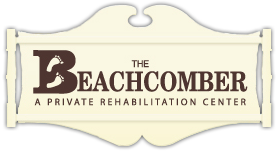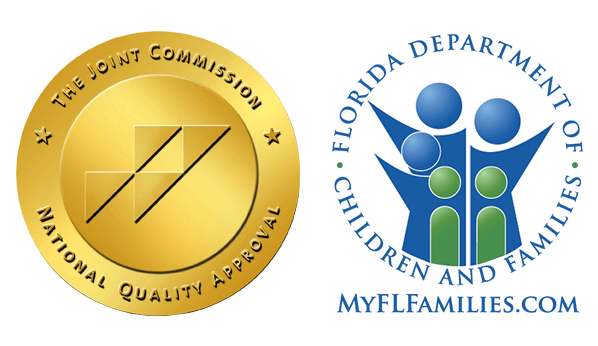When you’re in the early stages of beating an alcohol or other drug addiction, withdrawal symptoms, whether mildly unpleasant or extremely uncomfortable, are unavoidable. In fact, post-acute withdrawal symptoms that recur or become noticeable in the early stages of recovery can increase the likelihood of relapsing.
PAWS: Two Phases
Acute Physical Symptoms: Most people go through a brief period of physical discomfort, often known as acute withdrawal, after undergoing medically supervised detox from alcohol, opioids, marijuana, cocaine, benzodiazepines, or other highly addictive substances. Muscle soreness, nausea, headaches, and an elevated heart rate are common symptoms. If detox is not carried out under medical supervision, acute withdrawal may result in more serious health problems, possibly even life-threatening ones.
Psychological and Emotional Symptoms: However, drug and alcohol withdrawal involves more than just uncomfortable physical side effects. A second phase of withdrawal symptoms known as post-acute withdrawal syndrome, or PAWS, develops as the brain recalibrates following active addiction, whereas acute withdrawal mostly refers to the body’s healing process. These symptoms often focus more on the psychological and emotional components of withdrawal than the first acute withdrawal stage. This secondary withdrawal syndrome may appear shortly after starting treatment or months later, depending on the length and severity of alcohol or other drug addiction. Furthermore, although PAWS is a transient syndrome, the symptoms can trigger a recurrence. This is accurate even for those who are devoted to abstaining from drugs and alcohol.
Symptoms of PAWS
The most typical signs are:
- Thoughts seem hazy, and periodic confusion
- Experiencing trouble with your memory
- Urges for the substance you quit using
- Irritability, frustration, and anger
- Disruptions in sleep, such as insomnia or vivid dreams
- Fatigue
- Coordination problems with fine motor movements
- Sensitivity to stress
- Panic, panic attacks, or anxiety
- Depression
- Low to no motivation for daily responsibilities
- Decreased ability to concentrate
- Sudden Mood changes
How Long Does PAWS Last?
Answering the question, “How long does PAWS last?” even for medical professionals assessing specific individuals, rarely has an easy solution. The majority of cases resolve within a 6 to 24-month range. However, some people continue to have symptoms for much longer than this. When you are suffering, even a brief amount of time feels eternal. The frequency and intensity of PAWS seem to fluctuate, becoming less frequent and intense over time. Symptoms and duration may both be impacted by the following:
- Types of drug(s) used
- Duration of the addiction
- Patient body type, age, and/or gender
- Patient’s general physical and mental wellbeing
- Environmental concerns such as support groups and family
As with sobriety itself, the best way to cope with PAWS is to take it day by day. Obsessing over the question “Will this ever end?” will only exacerbate the symptoms and entice you to relapse. Manage your life to cut down on symptoms, which will probably also cut down on duration in general. You will find lifelong support at The Beachcomber; just because you finish your treatment at alcohol rehab delray beach doesn’t mean you leave the family.
Conclusion
It can be frightening, uncomfortable, and even hazardous to experience withdrawal symptoms. You should seek medical attention if you or a loved one is going through withdrawal symptoms. We’re here to help at The Beachcomber Residential Treatment Center. With a treatment plan that is specific to you, our healthcare team of medical professionals will assist you while you safely go through the withdrawal process. Give us a call right away if you’d like to find out more about our treatment options and how we can help you gain freedom from addiction at alcohol rehab delray beach florida.












